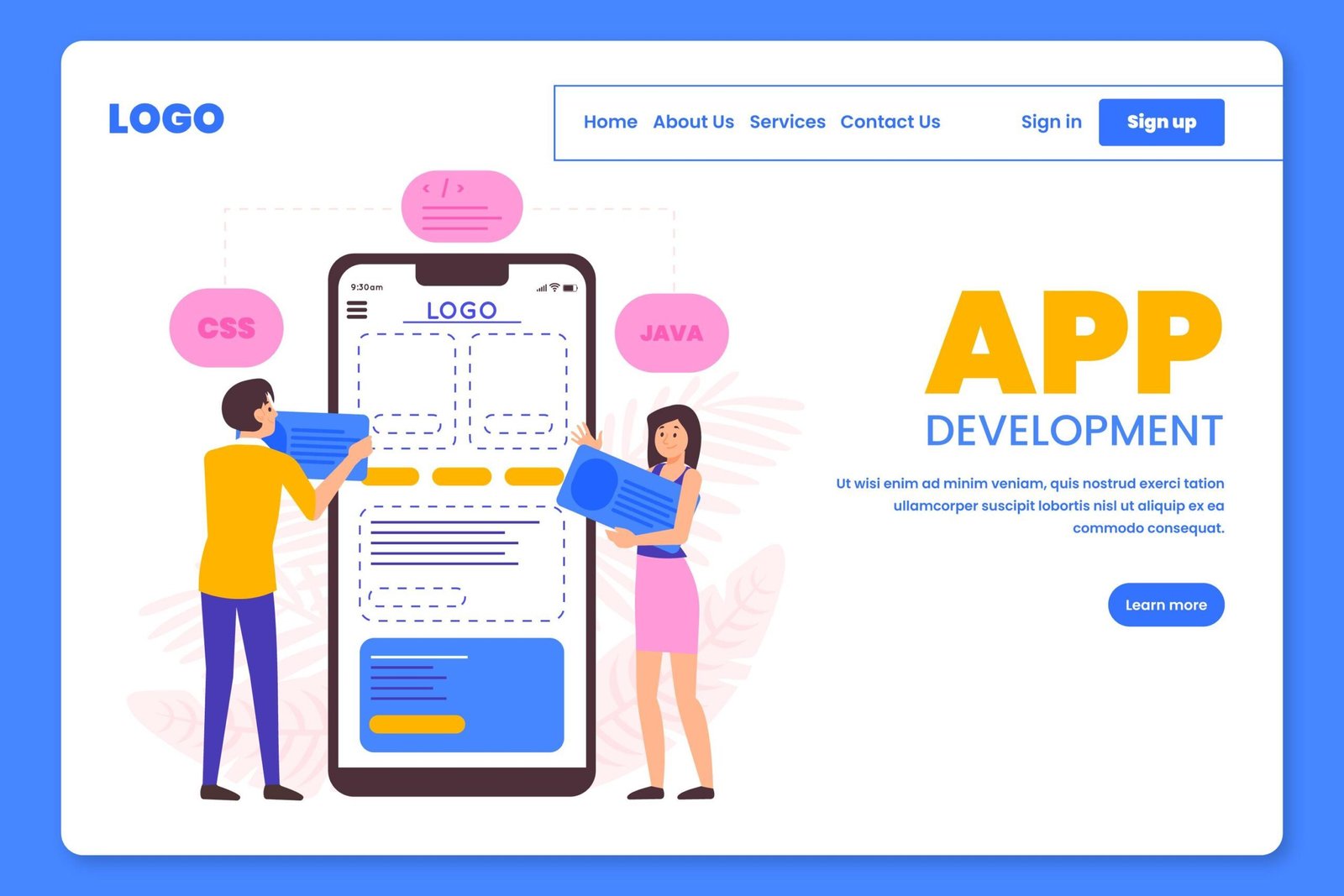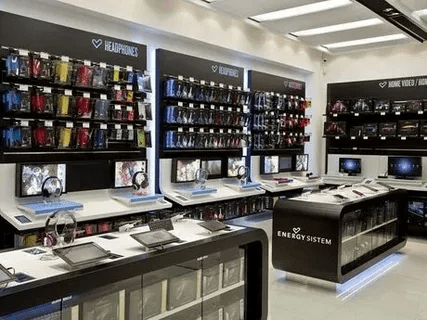Mobile apps have become an integral part of our daily lives — from banking and shopping to fitness and entertainment. With over 6.8 billion smartphone users globally, the demand for mobile apps continues to grow rapidly. However, with millions of apps available in app stores, standing out is harder than ever.
In 2025, UI/UX design will be a critical factor that determines whether an app succeeds or fails. Great functionality is not enough if users find your app confusing or visually unappealing. Users expect seamless, fast, and engaging experiences — and designers must deliver just that.
In this blog, we explore the best UI/UX design practices for mobile apps in 2025 that every designer, developer, and product owner should follow to build successful, user-friendly apps.
1. Prioritize User-Centered Design
In 2025, designing with empathy remains the golden rule. A user-centered approach ensures that every design decision is based on the users’ needs, behaviors, and goals.
Best Practices:
- Conduct thorough user research before starting design
- Create personas and user journey maps
- Gather feedback and iterate frequently
- Solve real problems, not just add trendy features
A deep understanding of your target users will help you create intuitive experiences that keep them engaged.
2. Keep it Simple and Minimal
Simplicity is still king in mobile UI/UX design. Users want to achieve their goals with minimum effort. Overly complex interfaces or cluttered screens can overwhelm users and drive them away.
Best Practices:
- Embrace white space for clarity and focus
- Use clear, concise language
- Remove unnecessary elements and features
- Follow the “one screen, one primary action” rule
- Use familiar icons and navigation patterns
Minimalist design reduces cognitive load and makes apps more user-friendly.
3. Design for Speed and Performance
By 2025, users expect mobile apps to load instantly and perform flawlessly. Laggy interfaces, slow transitions, or unresponsive buttons lead to frustration and uninstallations.
Best Practices:
- Optimize images, animations, and media assets
- Prioritize performance during development and testing
- Provide visual feedback (loading indicators, progress bars)
- Use skeleton screens instead of blank loading screens
A fast, smooth app experience is a non-negotiable design standard.
4. Focus on Accessibility and Inclusive Design
Creating accessible apps is no longer optional — it’s a must. Inclusive design ensures your app can be used by everyone, including users with disabilities.
Best Practices:
- Follow WCAG (Web Content Accessibility Guidelines)
- Ensure color contrast ratios are compliant
- Support screen readers and voice control
- Use scalable fonts and large touch targets
- Avoid relying solely on color to convey information
Designing for accessibility improves the experience for all users, not just those with disabilities.
5. Leverage Micro-Interactions and Animations
Micro-interactions — small, subtle animations — guide users, provide feedback, and enhance engagement. In 2025, thoughtfully designed micro-interactions will play a crucial role in mobile app UX.
Best Practices:
- Use animations to indicate loading, success, or errors
- Add subtle button effects on taps and hovers
- Ensure animations are fast (0.2 to 0.5 seconds) and smooth
- Avoid excessive or distracting motion
Micro-interactions make your app feel dynamic and responsive, improving the overall experience.
6. Utilize Personalized Experiences
AI and machine learning have made it easier to personalize content, recommendations, and user journeys. By 2025, users will expect tailored experiences in every app they use.
Best Practices:
- Use user data to offer personalized content and suggestions
- Enable customizable features like themes or layouts
- Adapt interfaces based on user behavior patterns
- Ensure data privacy and transparency when personalizing
Personalization increases engagement, retention, and user satisfaction.
7. Implement Seamless Navigation
Navigation is the backbone of mobile app UX. Users should easily understand how to move around the app without thinking twice.
Best Practices:
- Stick to familiar navigation patterns like bottom tabs or hamburger menus
- Keep the navigation simple and predictable
- Use breadcrumbs or progress indicators in multi-step tasks
- Include a visible “Back” option to avoid dead-ends
A well-structured navigation flow boosts usability and keeps users engaged.
8. Adopt Dark Mode and Theming Options
Dark mode has become a standard feature in modern mobile apps. It reduces eye strain, saves battery on OLED screens, and gives users more control over their experience.
Best Practices:
- Provide light, dark, and system-based theming options
- Ensure colors and contrasts work well in dark mode
- Test visual elements like icons and images in both modes
Offering theming options enhances usability and caters to user preferences.
9. Design for Multi-Device and Cross-Platform Use
In 2025, users switch between smartphones, tablets, and even wearables. Designing consistent experiences across all devices and platforms is essential.
Best Practices:
- Use responsive layouts that adapt to various screen sizes
- Maintain visual and functional consistency across iOS, Android, and web
- Consider foldable devices, smartwatches, and AR/VR platforms
A unified experience increases trust and makes your app feel professional.
10. Gather Continuous Feedback and Iterate
User expectations and design trends change rapidly. The best mobile apps are those that evolve based on user feedback and data.
Best Practices:
- Regularly conduct usability testing and A/B tests
- Use analytics to track user behavior and pain points
- Encourage in-app feedback and reviews
- Iterate designs based on insights and testing
Continuous improvement ensures your app stays relevant and competitive.
11. Pay Attention to Typography and Visual Hierarchy
Typography directly impacts readability, accessibility, and aesthetics. Clear hierarchy guides users through the app effortlessly.
Best Practices:
- Use legible fonts with appropriate sizes for mobile screens
- Maintain visual hierarchy with headings, subheadings, and body text
- Avoid using too many font styles or weights
- Ensure text is scalable for accessibility
Good typography enhances user comprehension and creates a polished, professional feel.
Conclusion
In 2025, mobile app UI/UX design is all about creating seamless, accessible, and delightful experiences that meet user needs while embracing new technologies. Following the best practices outlined above will help you build apps that not only look great but also perform flawlessly and keep users coming back.
successful app design balances aesthetics, functionality, performance, and empathy. Keep your users at the center of every decision, and continuously refine your design based on feedback and trends.







































































































































































































































































































































































































































































































































































































































































































































































































































































































































































































































